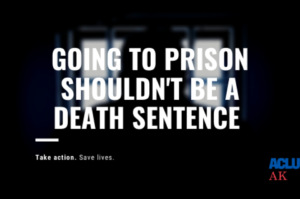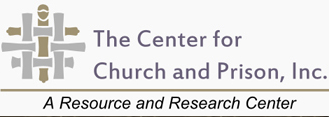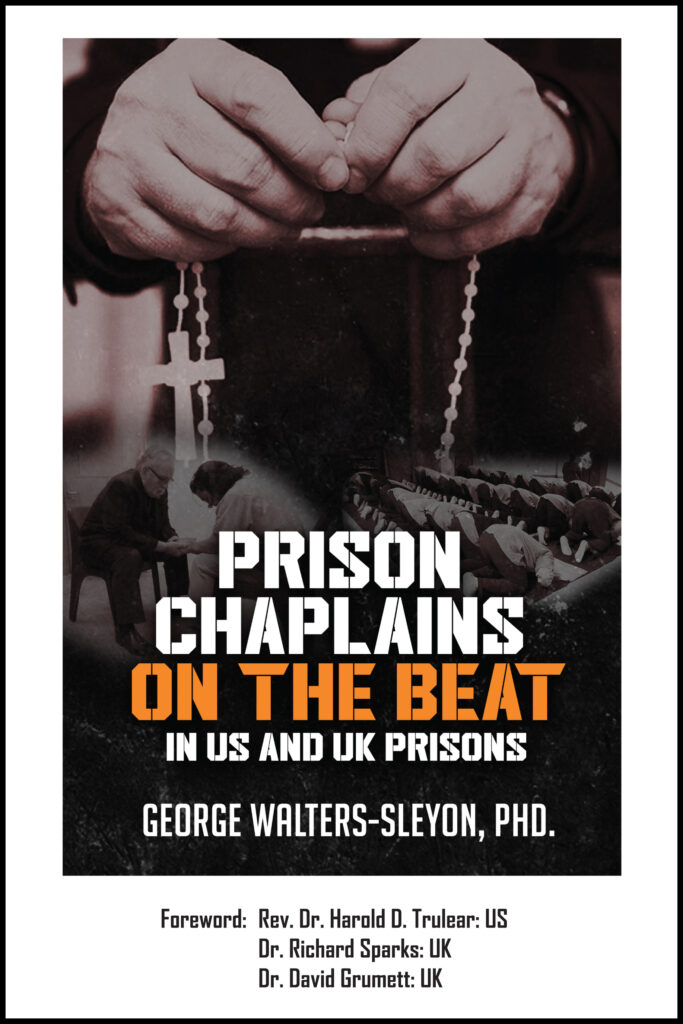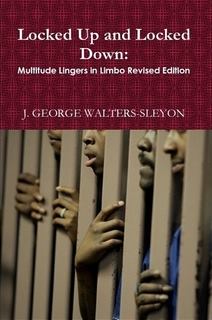COVID-19 pandemic & the Prison Population
 Responses to the COVID-19 pandemic & the Prison Population
Responses to the COVID-19 pandemic & the Prison Population
Public health officials, the CDC, and WHO have explained the importance of social distancing, isolation, and quarantine in order to “flatten the curve” of the COVID-19, or coronavirus, pandemic. Unfortunately, the fact that local jails and prisons are “amplifiers of infectious diseases” is often left out of virus planning, so we — and others — have been calling for urgent action.
There are many possible actions to protect the most vulnerable in the criminal justice system and to stop the excesses of our criminal justice system from undermining efforts to control the pandemic. On March 6, we published No need to wait for pandemics: The public health case for criminal justice reform with 5 policy ideas, and The Justice Collaborative is tracking, in a comprehensive spreadsheet, national, state and local level demands for reform.
The response is still too slow, but some state and local governments are starting to take action. To help advocates, journalists, and policy makers see what positive action could look like, we are curating examples of actions taken to slow the spread of the disease in prisons, in jails, and among people on probation or parole.
Release people from jails and prisons
We already know that jails and prisons house large numbers of people with chronic diseases and complex medical needs who are more vulnerable to COVID-19, and one of the best ways to protect these people is to reduce overcrowding in correctional facilities. Some jails are already making these changes:
- In San Francisco, California, the district attorney directed prosecutors to not oppose motions to release pretrial detainees facing misdemeanor or drug-related felony charges. The D.A. also encouraged prosecutors to “strongly consider” credit for time served in plea deals to increase jail releases. (March 11)
- Ohio courts in Cuyahoga County and Hamilton County have begun to issue court orders and conduct special hearings to increase the number of people released from local jails. On a single day, judges released 38 people from the Cuyahoga County Jail, and they hope to release at least 200 more people charged with low-level, non-violent crimes. (March 14 and March 16)
- In Los Angeles County, California, the Sheriff reported releasing more than 600 people to mitigate the risk of virus transmission in crowded jails. (March 16)
- In Travis County, Texas, judges have begun to release more people from local jails on personal bonds (about 50% more often than usual), focusing on preventing people with health issues who are charged with non-violent offenses from going into the jail system. (March 16)
- In Boulder, Colorado, the district attorney’s office has recommended the release of some inmates who have less than 45 days left in their sentence and those being held pretrial because they are unable to post bond. (March 16)
Reduce jail admissions
Lowering jail admissions reduces “jail churn” — the rapid movement of people in and out of jails — and will allow the facility’s total population to drop very quickly.
- In Bexar County, Texas, Sheriff Javier Salazar released a COVID-19 mitigation plan that includes encouraging the use of cite and release and “filing non-violent offenses at large,” rather than locking more people up during this pandemic. (March 14)
- In Los Angeles County, California, the police department has reportedly reduced arrests from an average of about 300 per day to 60 per day by utilizing citations rather than booking people, in an effort to reduce jail admissions. (March 16)
- In Denver, Colorado, police officers are issuing summons rather than arresting people suspected of low-level, non-violent property and drug crimes. (March 16)
- The police commissioner of Philadelphia, Pennsylvania has directed police to delay arrests for nonviolent crimes, including drug offenses and theft. (March 17)
- Maine vacated all outstanding bench warrants (for over 12,000 people) for unpaid court fines and fees and for failure to appear for hearings in an effort to reduce jail admissions. (March 17)
Reduce unnecessary contact, visits to crowded offices, and technical violations for people on parole and probation
Limiting unnecessary check-ins and visits to offices for people on parole, probation, or on registries will reduce the risk of viral transmission. We don’t (yet) know of many recent reforms in this area, but there is an important letter from current and former probation and parole executives saying what must be done to promote social distancing and continuing to support people under supervision. So far, the one notable example we have found is:
- The California Department of Adult Parole Operations has reduced the number of required check-ins to protect staff and the supervised population by suspending office visits for people 65 and older, and those with chronic medical conditions. (March 17)



